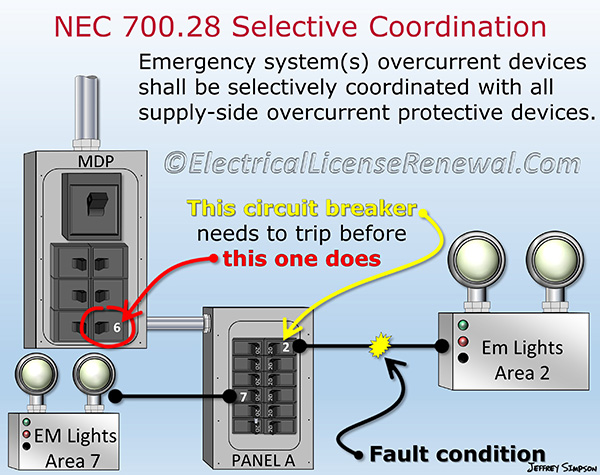Series Ratings and Selective Coordination.

When deciding on a series rated combination over a fully rated system, selective coordination must be considered. The NEC® requires certain electrical systems to be selectively coordinated.
Selective coordination is a simple concept. Two overcurrent protective devices (OCPD) are selectively coordinated when the downstream OCPD closest to the fault opens before the upstream OCPD can. Selective coordination is required in several NEC® Articles for things like certain elevator circuits, critical operations data systems and emergency system circuits.
Generally, series rated combinations cannot be selectively coordinated. During testing, sometimes the upstream OCPD opens first and other times, the downstream OCPD opens first. The inability to guarantee that the overcurrent device closest to the fault opens first, without the upstream main overcurrent device opening, creates a hazard if selective coordination is required.